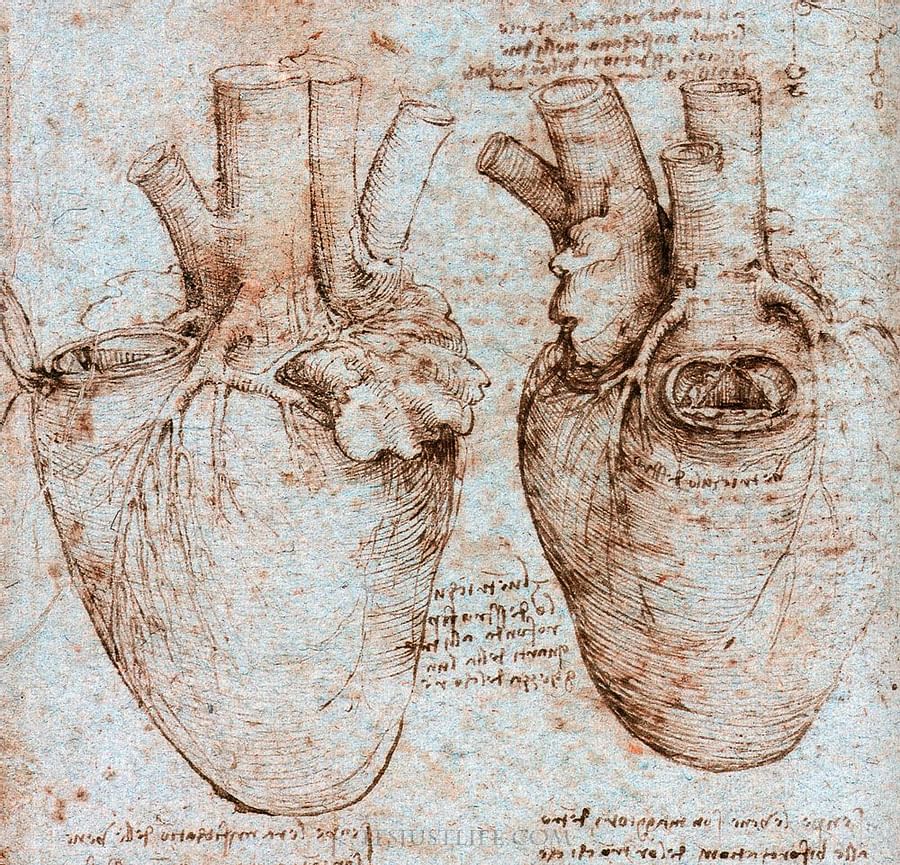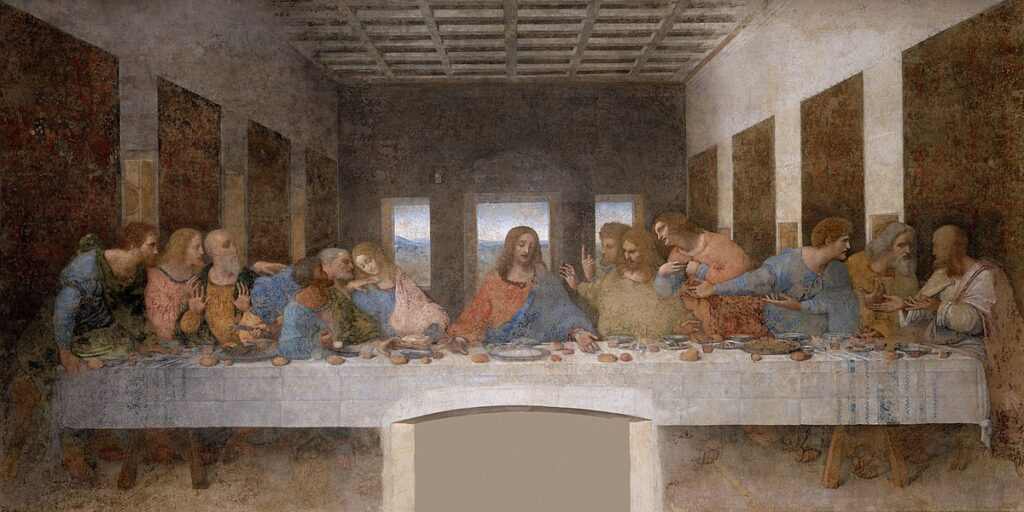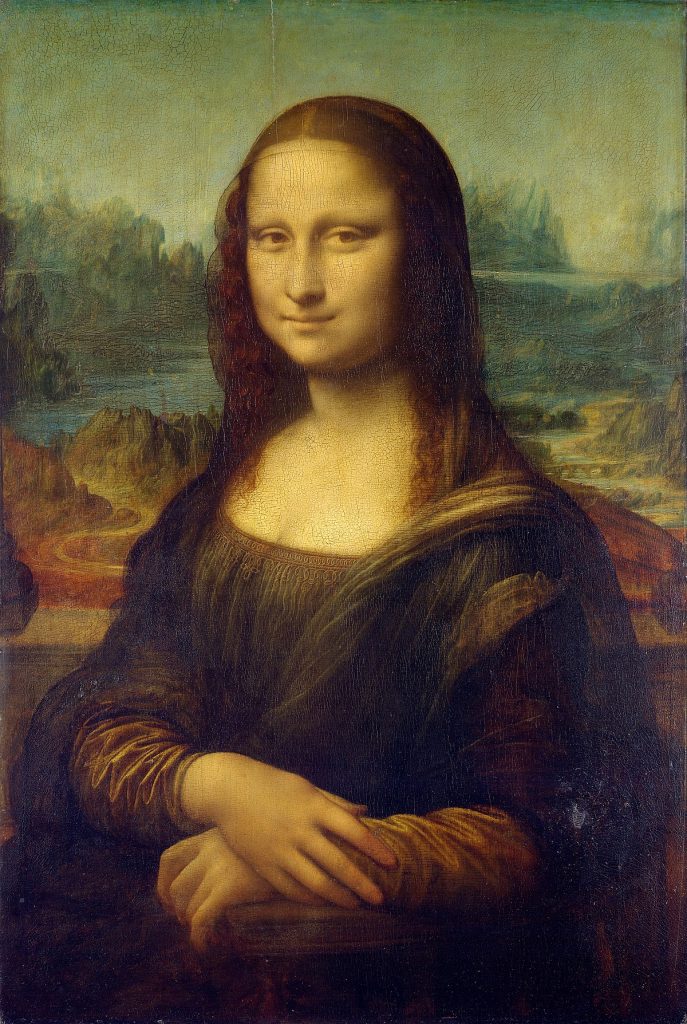Museums and Filming Locations in the Bridgerton Series
Bridgerton premiered on Netflix in December 2019, breaking viewership records. The show set in Regency London was filmed at various locations...
Jimena Escoto 22 July 2024
18 November 2024 min Read
Award-winning Director Ken Burns has chosen his first ever non-American subject for his next documentary. And what a choice! Leonardo da Vinci, one of the greatest painters of all time! Leonardo da Vinci, which premieres on November 18th, 2024, looks at how the artist influenced and inspired future generations. Exploring his soaring imagination and profound intellect, it asks the most profound question: what does it mean to be human?

Leonardo da Vinci, Vitruvian Man, c. 1490, Gallerie dell’Accademia, Venice, Italy.
The documentary film is in two parts, each two hours long, and explores the life and work of the 15th-century polymath Leonardo da Vinci, a true genius whose life and work was filled with energy and curiosity. Part One is entitled The Disciple of Experience, part two is called Painter-God.
Alongside Ken Burns at Florentine Films, his oldest daughter, Sarah Burns, and her husband, David McMahon, have created this immense work. The couple even moved to Florence with their children for a year to immerse themselves in the Italian Renaissance.

From left to right: David McMahon, Sarah Burns, Ken Burns, 2024, Cannes, France. Photograph by Andreas Rentz. IMDb.
As we set out to explore Leonardo’s life, we realized that while he was very much a man of his time, he was also interested in something more universal. Leonardo was uniquely focused on finding connections throughout nature, something that strikes us as very modern today, but which of course has a long history.
Leonardo da Vinci press release
What do you know about Leonardo? Well, we have the basics. He was a gay man, born out of wedlock, barred from a formal education, and apprenticed to painter Andrea del Verrochio. Demonstrating great talent he went on to paint the Mona Lisa and The Last Supper. But the documentary shows us there is so much more to this artist. The film is full of fascinating stories about how Da Vinci saw no difference between art and science, and how he was constantly seeking inspiration from the world around him.
Leonardo’s notebooks anticipate and predict phenomena that weren’t going to be discovered until 450 years later. The film gives the example of the MRI machine, which was invented in the 1970s to see the inside the workings of the heart and how heart valves worked. Leonardo’s notebooks dated to 1512 show sketches of the heart, with precise anatomical details of how the heart valves work. Leonardo provided what amounts to the first description of coronary atherosclerosis.

Leonardo da Vinci, The Heart and Its Blood Vessels, c. 1510, Stanford University, Stanford, CA, USA.
In Leonardo’s day, there were no microscopes, no telescopes, no internet. He was exploring ideas several centuries before other great minds. His work on the universal effects of gravity predates Galileo and Newton by a century. His 1505 Codex on the Flight of Birds was the result of years of intense study of how birds fly. Hundreds of years before a practical flying machine could be manufactured, Leonardo planted the seeds that would lead to humans eventually taking to the skies.

Ken Burns documentary, Leonardo da Vinci, Codex Flight of the Birds, c. 1505, photo by Luc Viator, WikiMedia Commons.
Leonardo’s modernity lies in his understanding of the intimate connection between knowledge and imagination.
Ken Burns, Sarah Burns, David McMahon, Leonardo da Vinci, Florentine Films and WETA, 2024
This genius polymath’s prolific and forward-looking ideas covered fields as diverse as engineering, cartography, mathematics, philosophy, anatomy, geology, and physics. And although he found war a barbaric and repulsive act, he designed the most terrifying and destructive military technology. The filmmakers reveal that there are thousands and thousands of Leonardo notebook pages still to be explored—how exciting is that?
Always working from nature, Leonardo was constantly engaged in thought experiments and sketches. Ken Burns points out that Leonardo has fewer than 10 completed paintings, while another 10 remain unfinished. How did this man become the greatest-known artist? Unless he could capture emotion, spirit, and a psychological state perfectly in paint, he walked away, onto his next big theory. He gave up on more paintings than he ever completed.

Leonardo da Vinci, The Last Supper, c. 1495–1498, Santa Maria delle Grazie, Milan, Italy.
In the film we find out exactly why the Mona Lisa has become one of the most famous paintings in the world. And, how The Last Supper showcased Leonardo’s mastery of light and shadow and his command of geometry. We finally get to understand why that Mona Lisa smile, which spawned a million postcards, tea towels, and comedy memes, is so important.

Leonardo da Vinci, Mona Lisa, 1503, Louvre, Paris, France.
The team’s filmmaking style is interesting, using split screens with images, videos, and sound from different periods to contextualize Leonardo’s art and scientific explorations. We see the works, the notebooks, and sketches but also on-camera interviews with modern scholars, artists, engineers, and inventors. The musician and composer Caroline Shaw recorded original music for the film.
Though we follow Leonardo’s personal journey and explore his artistic and scientific accomplishments, we’re also really focused on what went on in his mind and on understanding the depths of his curiosity. To do this we use material from his notebooks mixed with archival film, photos, and sound, along with our cinematography and visual effects, and we’re not afraid to stray from the timeline. Leonardo’s thinking was so unique, and in many ways timeless, that our traditional approach alone would have been insufficient.
Ken Burns, Sarah Burns, David McMahon, Leonardo da Vinci, Florentine Films and WETA, 2024
Leonardo da Vinci will be available to stream on all PBS platforms from November 18th and 19th, 2024. It is a production by Florentine Films and WETA Washington.
DailyArt Magazine needs your support. Every contribution, however big or small, is very valuable for our future. Thanks to it, we will be able to sustain and grow the Magazine. Thank you for your help!